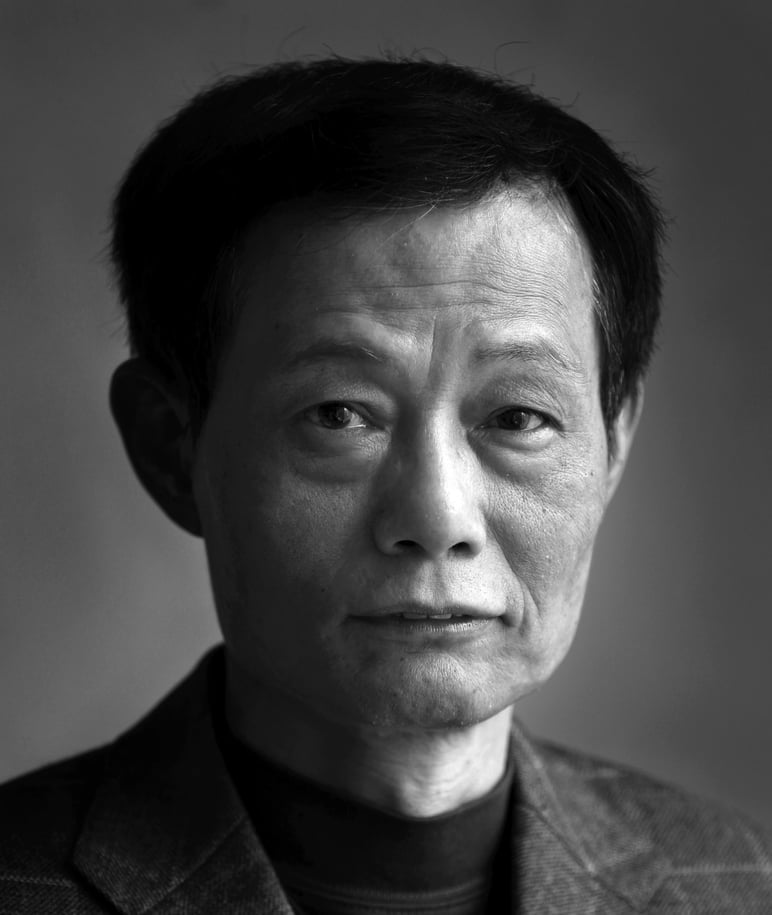
As China chases economic growth, pollution and poverty will take a back seat
- It’s bad news for those blue skies: in a year of sensitive political anniversaries, stability obsessed Beijing is likely to prioritise economic growth over its ‘three critical battles’ against financial risks, pollution and poverty
If last year’s annual parliamentary session was a powerful demonstration of political force by the pre-eminent Chinese president, this year’s gathering was a pitiful show for China’s powerless premier.
This year, the session hit a somewhat more pessimistic note, mainly due to Li Keqiang’s state-of-the-union style policy address in which he presented the Chinese economy as being in distress.
Shenzhen’s economy is bigger than Hong Kong’s. But does size matter?
In his speech, Li stressed that “graver”, “unpredictable” and “more complex” risks lay ahead and warned his countrymen to be “prepared to fight tough battles” to achieve the “six stabilities” Beijing has identified as its goals for the economy – stability in employment, finance, foreign trade, foreign investment, domestic investment, and market expectations.
Tellingly, the outlook for economic growth looks more gloomy now than it has in decades. The 6.6 per cent rate of growth in gross domestic product last year was the lowest increase since 1990 as the downward trend picked up pace quarter by quarter. In the first quarter the rate was 6.8 per cent, in the second it was 6.7, in the third 6.5 and in the fourth 6.4.
Coincidentally, 6.4 per cent was the lowest rate since 1992, when Beijing began publishing quarterly GDP data.

Adding to the worries of the stability-obsessed communist government is that these rarely seen economic headwinds come in a year full of political omens.
This year marks the centenary of the May 4 movement of 1919 and the 30th anniversary of the pro-democracy movement of 1989, both student-led protests aimed at realising democracy and freedom.
It also marks the 70th anniversary of the founding of the communist-ruled People’s Republic of China.
These landmark anniversaries come at a time when the country is deeply divided over ideology and the direction of the nation’s development. These divisions have resulted largely from Xi’s moves to revive some Maoist policies and a more authoritarian style of rule.
China tries to forget, but its war with Vietnam ended with a US victory. Just look at Trump
With economic stability topping the agenda, the government will use its visible and invisible hands to do whatever it can to prop up growth – be it cutting tax, deregulating or returning to the path of expanding credit and boosting government spending.
Li said he would be targeting a higher deficit-to-GDP ratio of 2.8 per cent for 2019, up from 2.6 per cent in 2018, to increase spending. And, he said, there would be more off-budget spending to support the economy.
He said the central government would allow local governments to issue 2.15 trillion yuan (US$320 billion) worth of “special purpose” bonds – bonds that are not counted as government debt. That amount was 800 billion yuan more than the budgeted amount in 2018.
The government has already loosened the screw on credit, as evidenced by the jump in monetary supply and total social financing (TSF), a broad measure of credit and liquidity in the economy. The combined January-February credit figures hit a record high, with TSF posting 25 per cent growth year on year, a net increase of 1.07 trillion yuan.
Beijing has announced a bigger-than-expected corporate tax cut of around 2 trillion yuan – equivalent to more than 2 per cent of 2019’s GDP forecast. That is its most aggressive corporate tax cut in a decade.

But all these moves seem at odds with the “three critical battles”, a three-year programme the government promised to focus on as recently as 2017.
And at last year’s gathering, both Xi and Li emphasised these three battles – against financial risks, pollution and poverty – as topping the government’s agenda for 2018.
Chasing faster economic growth will inevitably come at the expense of efforts to decrease financial risks, protect the environment and reduce poverty.
China must choose: growth or lasting economic health. It can’t have both
Since 2017, under a deleveraging campaign to reduce risk, China’s debt to GDP ratio has moderated. Residents of Beijing and Shanghai have seen bluer skies, though there are still plenty of hazy days, and the government has brought millions more people out of poverty.
But with the ruling party facing unprecedented challenges at home and abroad, we can expect the “three critical battles” to take a back seat to the government’s top priority in achieving political, social and economic stability. ■
Cary Huang is a veteran China affairs columnist, having written on the topic since the early 1990s

